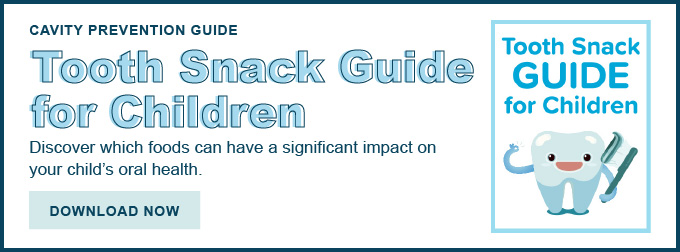Frenectomies in Muscatine are the best way to resolve tongue and lip ties. But once…
Are Jagged Teeth Normal in Children?
If your child’s first permanent teeth have come in, you may have noticed they appear to be jagged in appearance. Don’t worry, your child’s jagged teeth are not a sign that a dentist visit is in your immediate future—unless it’s time for their six-month dental checkup! If you are alarmed because the rough bumps on your child’s permanent teeth look like a serrated knife, this article is for you.
Want More Information About Children’s Dental Health?
Call Our Muscatine Office (563) 607-5979
Why Are the Bottoms of My Child’s Teeth Jagged?
When a child’s adult teeth first emerge, most parents expect them to be smooth in appearance. It’s understandable that an emerging mouthful of jagged teeth could be a cause for concern, but this is actually a harmless and normal stage of development. It is natural for you as a parent to worry about many aspects of your child’s developments, but in the case of these protrusions on your child’s teeth, you can go ahead and relax.
Your son or daughter will not be the only face in their class picture smiling with a mouthful of jagged teeth! Your child and their classmates are all in the same developmental stage, and during this stage, they will lose their baby teeth and their permanent teeth will come in.
Related: When Does a Child First Go to the Dentist?
The Ridges on New Adult Teeth Are Called Mamelons
The jagged bumps that may have appeared on your child’s permanent teeth are called mamelons, and it’s easy to see why so many parents are alarmed by them. These protrusions, which appear as a series of bumps or ridges, are uneven because they are part of the developmental lobes of teeth.
You may have noticed them on your child’s upper and lower central and lateral incisors, which is where they generally appear. These developmental grooves appear when three types of cell groups with ameloblasts and odontoblasts first begin to form on the incisal edges of a child’s new adult teeth, and they are caused by the four developmental lobes. The layers of dentin and enamel in the teeth move forward, creating the tooth.
Related: 15 Child Dental Care Tips for Healthy Smiles
How to Fix Mamelons (Bumpy or Jagged Teeth) for Children
If you have been dreading telling your child they have to go to the dentist, it’s time to relax because mamelons don’t require any special treatment. The jagged appearance of your child’s teeth will lessen over time as they are worn down through the normal pressure that is caused by force as your child chews.
This is so normal that the lack of mamelons would be abnormal, and mamelons that don’t wear away naturally over time could actually be a sign of a misaligned bite. Occasionally an orthodontist or dentist will easily and painlessly file down any remaining trace of mamelons when your child is older or even sometimes in adulthood.
Mamelons will typically just be present in your child’s mouth for just a short period of time. If you are concerned that your child’s teeth may be outside of the norm, don’t hesitate to reach out to your dentist. They are there for you and happy to answer your questions about your child’s dental health and development. Here at Arctic Dental, we’d be happy to answer any questions.





